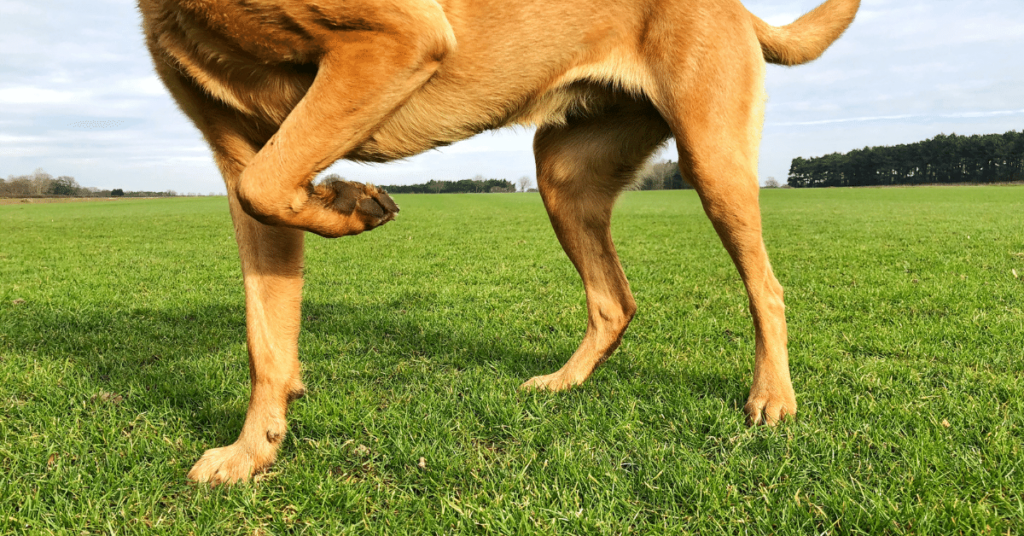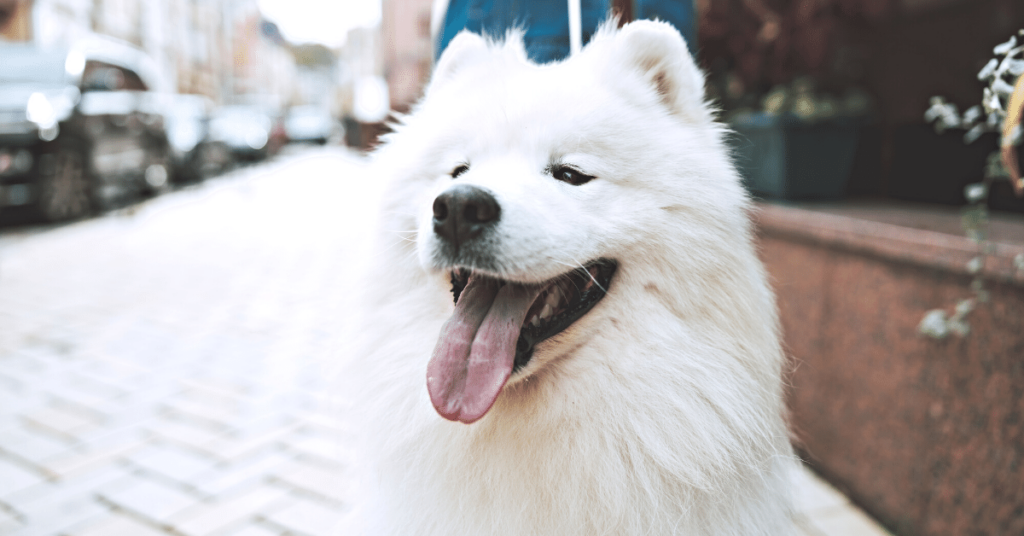Pets, just like humans, can experience stress and anxiety. Whether it’s due to changes in their environment, separation from their owners, or even specific triggers, understanding the signs and addressing your pet’s stress is crucial for their overall well-being. In this article, we will explore different strategies to help your pet overcome stress and anxiety, resulting in a calmer and happier companion.
Recognizing the Signs of Stress and Anxiety in Pets
Just like humans, pets can display various signs of stress and anxiety. By being observant and understanding their behavior, you can identify these signs early and take appropriate action. Some common signs of stress and anxiety in pets include:
- Excessive barking or meowing
- Changes in appetite or weight
- Destructive behavior
- Excessive grooming or chewing
- Restlessness or aggression
If you notice any of these signs, it’s essential to address them promptly to prevent further escalation.
Understanding the Causes of Pet Stress and Anxiety
To effectively help your pet, it’s crucial to understand the underlying causes of their stress and anxiety. Some common causes include:
1. Changes in Environment
Pets are highly sensitive to changes in their environment. Moving to a new home, introducing a new family member, or even rearranging furniture can be stressful for them. Providing a stable and predictable environment can significantly reduce their anxiety.
2. Separation Anxiety
Leaving pets alone for long periods can lead to separation anxiety. This condition is particularly common in dogs but can also affect cats and other animals. Ensuring regular exercise, mental stimulation, and gradually increasing the time spent apart can help alleviate separation anxiety.
3. Loud Noises and Phobias
Many pets are scared of loud noises such as thunderstorms or fireworks, leading to anxiety or phobias. Understanding your pet’s triggers and providing a safe and quiet space during such events can provide comfort and reassurance.
4. Traumatic Experiences
Past traumatic experiences, such as abuse or neglect, can have long-lasting effects on your pet’s mental well-being. In such cases, professional help from a veterinarian or animal behaviorist may be necessary to address and manage their anxiety.
Strategies to Help Your Pet Overcome Stress and Anxiety
Once you’ve identified the signs and causes of your pet’s stress and anxiety, it’s time to implement strategies to help them overcome these challenges. Here are some effective strategies to consider:
1. Create a Safe and Calm Environment
Providing a safe and calm environment is paramount in reducing your pet’s stress levels. Designate a quiet space in your home where they can retreat when feeling anxious. This area should have their favorite toys, bedding, and access to food and water.
2. Regular Exercise and Mental Stimulation
Physical exercise is an excellent stress reliever for both humans and pets. Ensure your pet gets regular exercise through walks, playtime, or interactive toys. Mental stimulation, such as puzzle toys or training sessions, can also help redirect their energy and alleviate anxiety.
3. Desensitization and Counterconditioning
For pets with specific phobias or triggers, a desensitization and counterconditioning program can be highly effective. This involves gradually exposing your pet to the trigger in a controlled manner while associating it with positive experiences. Seek guidance from a professional trainer or behaviorist for this technique.
4. Seek Professional Help
If your pet’s stress and anxiety persist or cause significant disruption to their daily life, consulting with a veterinarian or animal behaviorist is recommended. They can conduct a thorough evaluation, provide targeted interventions, or recommend medications if necessary.
5. Maintain a Routine
Pets thrive on routine, as it provides them with a sense of security and predictability. Establish a consistent daily routine for feeding, exercise, playtime, and rest. Sudden changes in routine can increase stress levels, so try to maintain a stable schedule.
6. Calming Aids and Supplements
Certain products, such as pheromone diffusers or calming supplements, can help alleviate stress and anxiety in pets. These aids work by mimicking the calming pheromones naturally released by animals or providing soothing ingredients that promote relaxation. Consult with your veterinarian to determine the best options for your pet.
Summary
Understanding and addressing your pet’s stress and anxiety is crucial for their well-being. By recognizing the signs, understanding the causes, and implementing appropriate strategies, you can help your pet lead a calmer and happier life. Creating a safe environment, providing regular exercise and mental stimulation, desensitization, seeking professional help when needed, maintaining a routine, and considering calming aids are all effective ways to reduce stress and anxiety in pets. Remember, a calm and happy pet is a true companion that brings joy to both their own life and yours.







